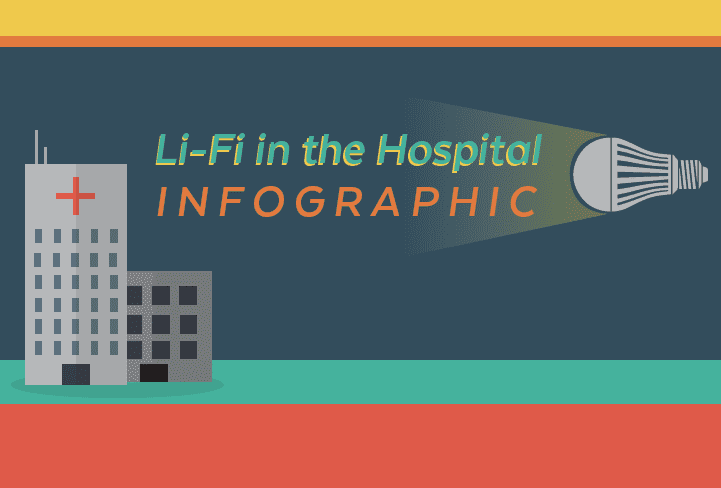Li-Fi is a relatively new connection method pioneered by Researcher Harald Hass from the University of Edinburgh that can connect users to the internet using LED Lights.
But researchers from Pukyong National University seek to research and adapt this new technology for medical usage. Successful Li-Fi implementation in hospital environments will make it possible to eliminate the need for medical devices to rely on wired connections to achieve internet connectivity.
Li-Fi Use Cases in Medical Environments
Researchers have been able to successfully transmit electroencephalogram (EEG) brain signals via Li-Fi. IEEE spectrum reports that “power ranged from one half to 100 millivolts, and frequencies between one half and 45 hertz”. RGB sensors were used to amplify these weak signals and to filter distortions.
The research team has also been able to obtain Electrocardiogram (EKG) readings — a medical device that reports the electrical activities of the heart. Li-Fi could also potentially support Electrooculography (EOG), a technique that measures the distance between the front and back end of the eye.
Li-Fi Outperforms Wi-Fi Hands Down
Li-Fi, short for Light Fidelity, avoids the crowded RF spectrum and can transmit information at a faster rate than wi-fi. Gizmag reports that researchers from the Autonomous Technological Institute of Mexico (ITAM) have successfully been able to “transmit audio, video and internet at rates of up to 10 gigabits per second”.
But Researcher Harald Haas has taken his technology one step further and is experimenting with replacing LED lights with laser diodes to achieve “beyond 100 Gb/s.”
Advancements in Li-Fi technology might just make your next visit to the doctor a wireless affair powered by Li-Fi LED lights.


